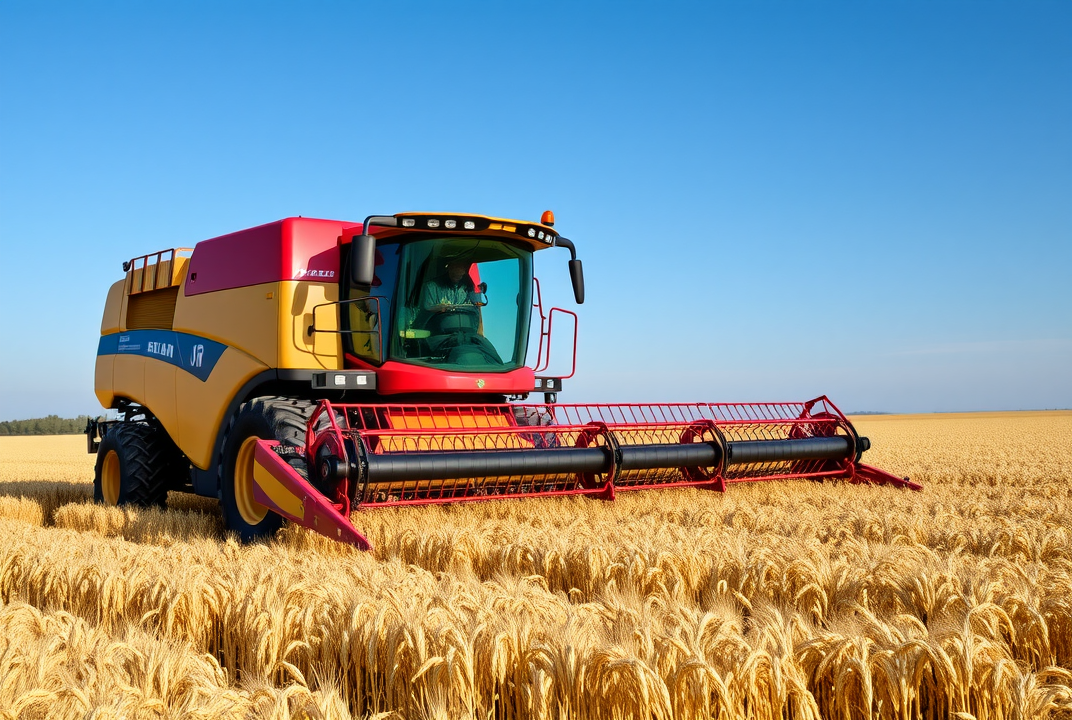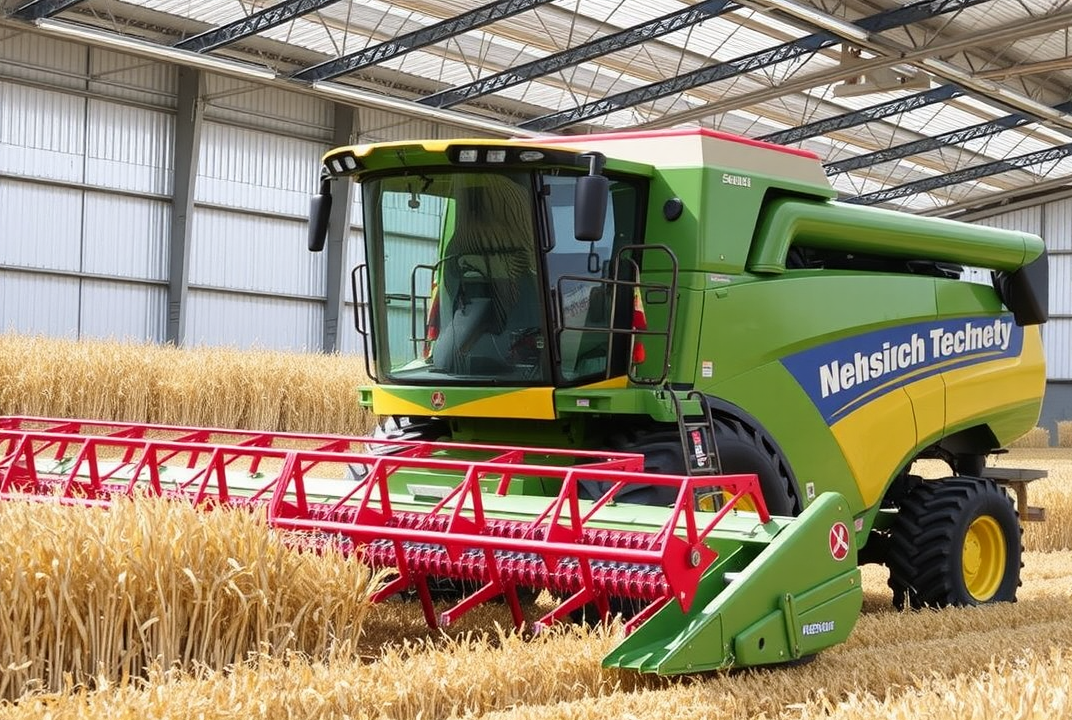Top Harvesting Equipment You Need to Know About

Introduction
When it comes to modern agriculture, harvesting equipment plays a pivotal role in productivity and efficiency. Did you know that the right equipment can reduce harvest time by half, saving both labor and resources? As farms expand and technology advances, investing in the best harvesting tools becomes crucial for success.
In this article, we'll explore some of the leading harvesting equipment on the market. From combine harvesters to hand tools, we'll cover their features, benefits, and potential uses. Whether you’re a small-scale farmer or manage a large operation, this guide will help you choose the right equipment for your needs.
Understanding Your Harvesting Needs
Before diving into equipment specifics, it's essential to assess your farm's unique needs. Consider the type of crops you are harvesting, the size of your farm, and your budget constraints.
-
Types of Crops: Not all equipment is suited for every crop. Corn, wheat, grapes, and berries each have specific machinery tailored to their harvesting requirements.
-
Farm Size: Larger farms may benefit from mechanized equipment, while smaller operations might utilize basic tools or compact machinery.
-
Budget: Balancing cost with functionality is key. Investing in the right equipment can provide long-term savings and efficiency boosts.
Combine Harvesters

Combine harvesters are the backbone of large-scale harvesting. They combine three critical functions—reaping, threshing, and winnowing—into a single process.
-
Features: Modern combines offer GPS systems, adjustable settings for different crops, and even self-driving capabilities.
-
Benefits: With reduced manual labor and increased precision, combines improve yield quality.
-
Considerations: Due to their size, combines are best for large farms. Additionally, upkeep and spare parts can be costly.
Grape Harvesters
For vineyards, grape harvesters are a specialized tool ensuring optimal preservation of the fruit.
-
Technology: Innovations include gentle picking mechanisms to avoid damaging the grapes.
-
Efficiency: Automated grape harvesters can cover large areas fast, minimizing fruit loss.
Potato Diggers

Used for underground crops like potatoes and carrots, potato diggers help in gently retrieving crops without damage.
-
Mechanism: Most diggers utilize blades and conveyors to lift soil and crop.
-
Versatility: They can be adjusted for different soil types and conditions, making them useful in various terrains.
Hand Tools for Small Farms
Not every farm requires high-tech machinery. Hand tools like sickles and scythes remain valuable in small operations or for niche crops.
-
Cost-effective: Hand tools are inexpensive and easy to maintain.
-
Precision: They provide excellent control in harvesting delicate crops.
Evaluating Your Options
When selecting equipment, consider the balance between cost, efficiency, and the potential return on investment.
Key Factors to Consider
-
Durability: How well can equipment withstand heavy use?
-
Ease of Use: Is the machinery user-friendly, or does it require specialized training?
-
Manufacturer Support: Check for warranty options and available support services.
Technological Innovations

The field of agriculture continually evolves with advancements in technology improving equipment capabilities:
-
Autonomous Machinery: Some harvesters now operate autonomously, further reducing labor needs.
-
Data Integration: Modern equipment can interface with farm management software for improved decision-making.
Keeping up with these technological changes can enhance farm efficiency and sustainability.
Conclusion
Investing in the best harvesting equipment is about more than just choosing the latest model; it involves understanding the specific needs of your farming operation. By weighing the factors of cost, efficiency, and technological capability, you can ensure your investment pays off in increased productivity and profitability.
Consider reaching out to experts or other farmers to gather insights and firsthand experiences with different equipment. Explore trial options from manufacturers to test equipment before making a full purchase.
Ready to enhance your harvesting operations? Equip your farm with tools that reflect the demands of modern agriculture.